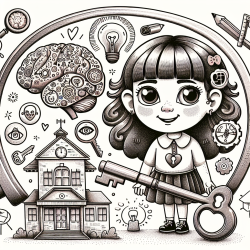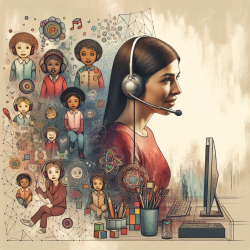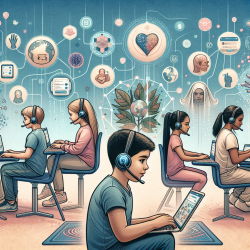In this comprehensive scoping review, the researchers identified 60 pain-related words that children use to describe their pain experiences. These words can be integrated into Augmentative and Alternative Communication (AAC) systems to enable children with severe communication difficulties to express their pain more effectively. Here's how you can implement the findings from this study in your practice:
Understanding the Core and Fringe Vocabulary
The study categorized the identified words into core and fringe vocabulary. Core vocabulary includes frequently used words that can be applied across various contexts, while fringe vocabulary consists of more specific terms related to pain. By incorporating both types of vocabulary into AAC systems, practitioners can provide children with a robust set of tools to communicate their pain.
- Core Vocabulary: Words like "hurt," "pain," "ache," and "bad" are essential for basic communication about pain.
- Fringe Vocabulary: Specific terms like "sharp," "throbbing," "sting," and "burn" provide detailed descriptions of the pain experience.
Implementing AAC Systems
To effectively integrate pain-related vocabulary into AAC systems, consider the following steps:
- Assessment: Evaluate the child's current communication abilities and identify the most appropriate AAC tools (e.g., communication boards, speech-generating devices).
- Customization: Tailor the AAC system to include both core and fringe pain-related vocabulary, ensuring that it meets the individual needs of the child.
- Training: Provide training for both the child and their caregivers on how to use the AAC system to communicate about pain effectively.
- Integration: Incorporate the AAC system into the child's daily routine, including during medical appointments and at home, to ensure consistent use.
Encouraging Further Research
While this study provides a foundational list of pain-related vocabulary, ongoing research is essential to expand and refine this vocabulary set. Practitioners are encouraged to contribute to this research by documenting additional pain-related words used by children in their care and sharing these findings with the broader healthcare community.
By implementing the outcomes of this research, practitioners can significantly improve the ability of children with severe communication difficulties to express their pain, leading to better pain management and overall care. To read the original research paper, please follow this link: Scoping Review of Children's Pain Vocabulary: Implications for Augmentative and Alternative Communication.










